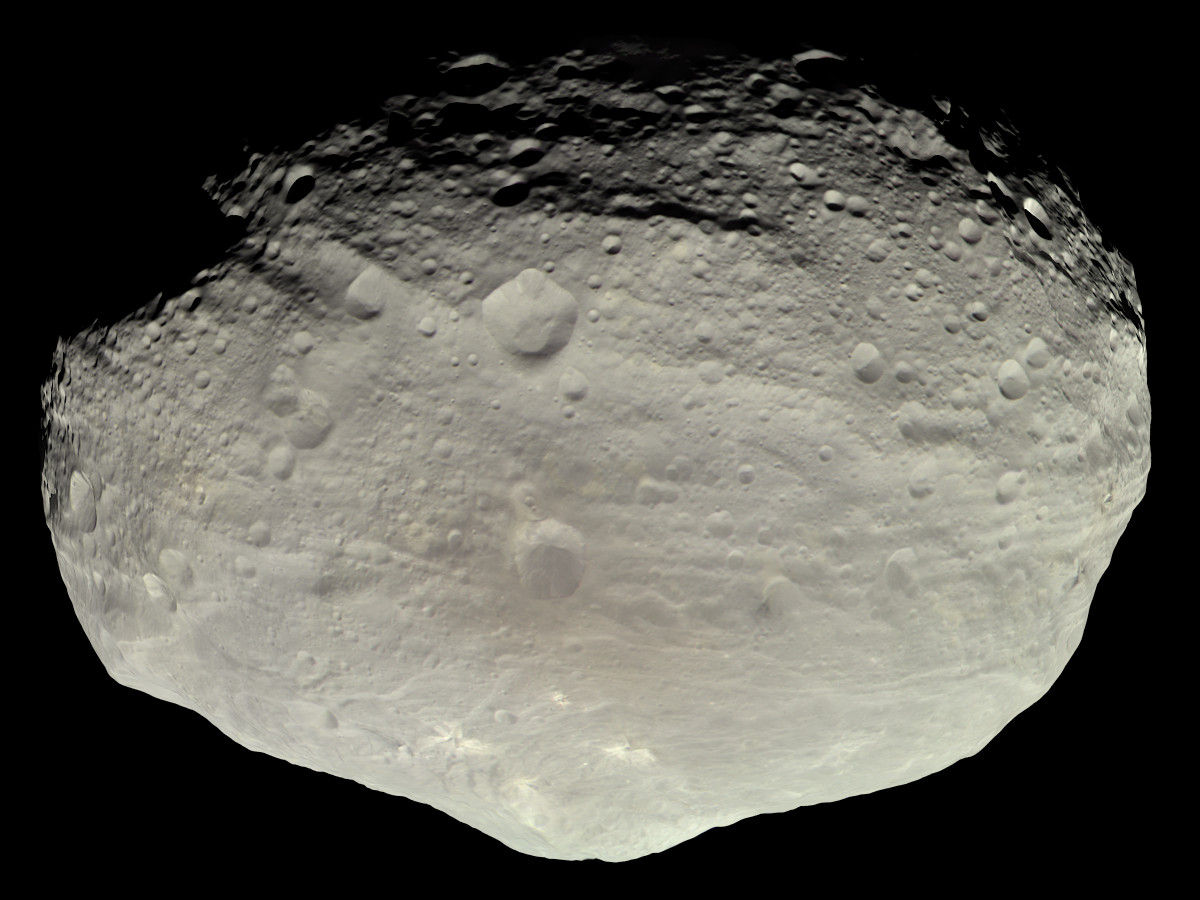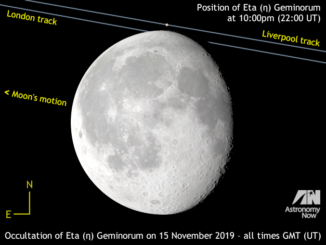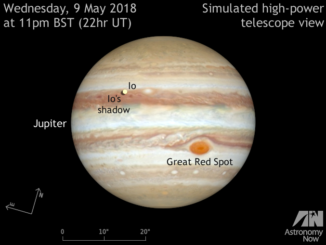
An occultation of Regulus in Leo by the 73-kilometre-wide asteroid (163) Erigone happened on 20 March 2014 across a track that included New York City, but clouds prevented anyone in New York State or Ontario seeing the star hidden for up to 14 seconds. Similarly, the dimming of brightest star Sirius by five-km-wide (4388) Jürgenstock on 19 February 2019 went unobserved from Central America, southern Chile and Argentina.
Astronomers have their fingers crossed that clear skies will prevail for the occultation of magnitude +5.3 star HIP 14439 in the constellation of Aries by asteroid (4) Vesta on 11 February 2020. The event occurs around sunset for observers on the US Eastern Seaboard and Nova Scotia, but happens in a dark sky close to 10:02pm GMT (22:02 UT) as seen from the north of England, Northern Ireland and Scotland.
Where to see the occultation in the British Isles
Vesta is a potato-shaped body with a mean diameter of 525 kilometres, hence its projected ‘shadow’ track over the north of England, Northern Ireland and Scotland is an ellipse that makes its predicted landfall in the west close to 22:01:45 UT to around 22:02:07 UT in the east. The occultation will last a maximum of 28 seconds, but considerably shorter if you happen to lie close to the edge of the track.
The glow from a rising 17-day-old waning gibbous Moon low in the east-southeast as seen from the UK at 10pm GMT on 11 February means that magnitude +5.3, HIP 14439 is a borderline naked-eye object. However, both Vesta and the star are comfortable binocular targets if you use the finder chart at the top of the page (or click here to download the PDF version). You can also look for planet Uranus while in the vicinity!
Viewing an appulse
Even if you happen to lie outside the occultation zone, it will be entertaining to watch Vesta’s close approach (or appulse, to use the correct terminology) to HIP 14439. The asteroid passes just north of the star close to 10:02pm GMT (22:02 UT) as seen from the Republic of Ireland, Wales and most of England.
At the time of closest approach, the star and asteroid will be just a fraction of an arcsecond apart as viewed from London, unlikely to be resolved. How long do they appear merged at high magnification in your telescope? Observers using instruments with GoTo mounts can use the following J2000 coordinates for HIP 14439: α = 03h 06.4m, δ = +13° 11′. (JNow: α = 03h 07.5m, δ = +13° 16′.)



